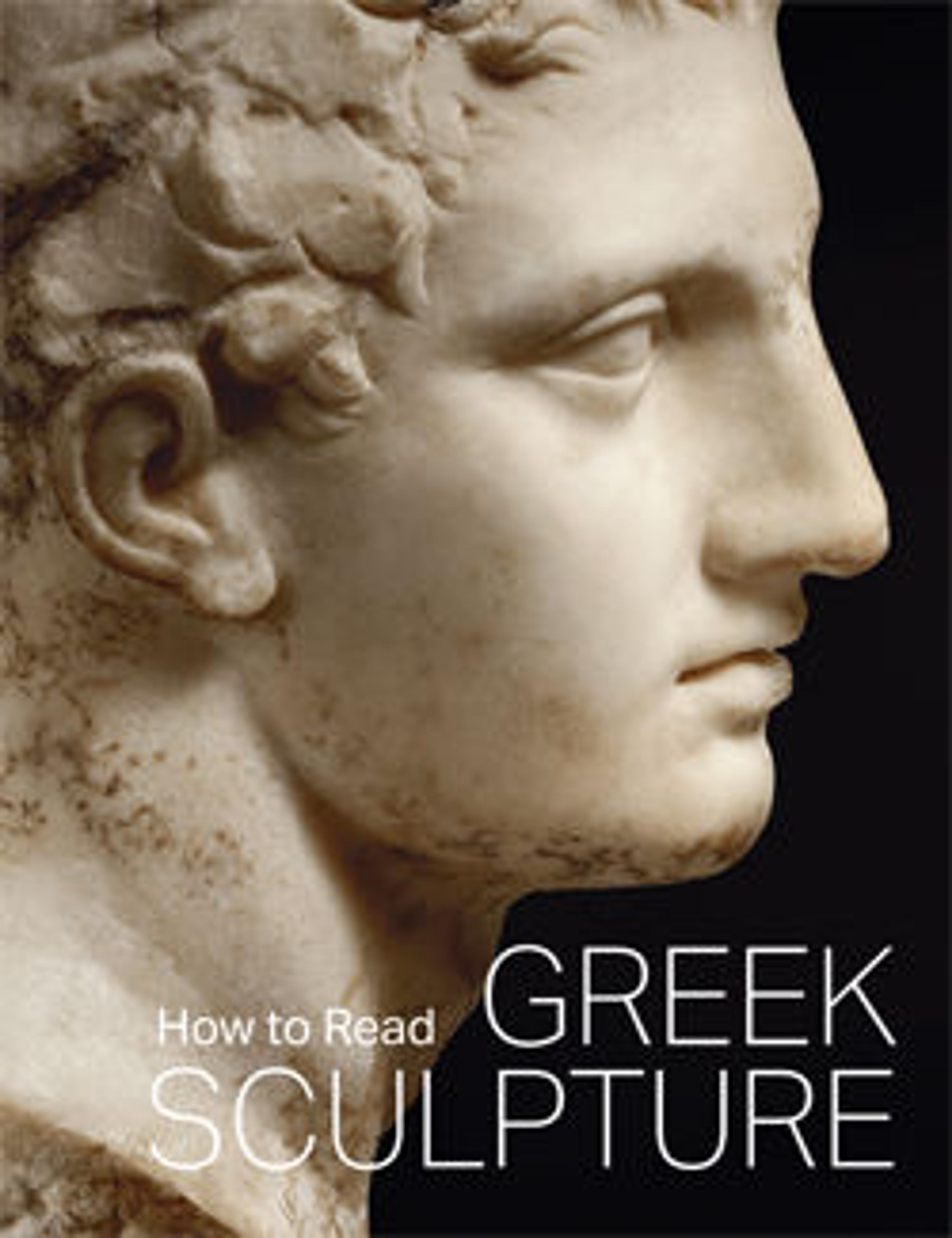Pair of eyes
Greek and Roman statues were designed to give a colorful lifelike impression. Marble and wood sculptures were brightly painted, and bronze statues were originally a pale fleshlike brown. Lips and nipples were often inlaid with copper, and teeth with silver. Eyes were usually made separately and set into prepared sockets. This pair, designed for an over-lifesize statue, gives a sense of the potent immediacy that ancient sculpture could convey.
Artwork Details
- Title: Pair of eyes
- Period: Classical
- Date: 5th century BCE or later
- Culture: Greek
- Medium: Bronze, marble, frit, quartz, obsidian
- Dimensions: maximum H. 1 1/2 in. (3.8 cm)
maximum length 2in. (5.1cm) - Classification: Bronzes
- Credit Line: Purchase, Mr. and Mrs. Lewis B. Cullman Gift and Norbert Schimmel Bequest, 1991
- Object Number: 1991.11.3a, b
- Curatorial Department: Greek and Roman Art
Audio
1041. Pair of eyes
These eyes, fascinating objects on their own, would have been inset in the eye sockets of a monumental sculpture. The eyes show the emotions and thoughts of the mind behind them; of all the parts of the body, they show most vividly where life is present, and most glaringly where it is lacking. A statue with these eyes in their original state would have seemed to live, almost to see.
Some gods have epithets that refer to their eyes. Athena is called glaukopis, which means, with shining grey eyes; Hera is called Boöpis, which means with the brown eyes of a cow.
The variety of materials here reflects the complexity, even the anatomy of the human eye. The bronze eyelashes are cut individually and attached to the outer casing. The whites of the eyes are made of ivory; the irises are inlays of colored quartz. In the center of each eye, a spot of obsidian, a black volcanic glass, approximates the sparkle of the pupil.
More Artwork
Research Resources
The Met provides unparalleled resources for research and welcomes an international community of students and scholars. The Met's Open Access API is where creators and researchers can connect to the The Met collection. Open Access data and public domain images are available for unrestricted commercial and noncommercial use without permission or fee.
To request images under copyright and other restrictions, please use this Image Request form.
Feedback
We continue to research and examine historical and cultural context for objects in The Met collection. If you have comments or questions about this object record, please contact us using the form below. The Museum looks forward to receiving your comments.
